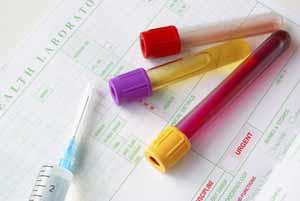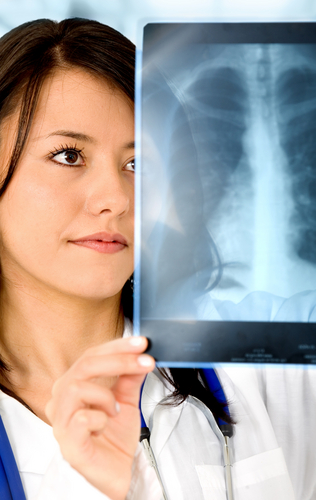Test Results
Blood Tests
X-Ray
Test results can be obtained from the surgery after 11:00. We ask if you could not telephone at other times when the reception staff are particularly busy. Results can only be given to the patient for whom the test was taken to ensure there is no breach of confidentiality guidelines.
On average please allow 5 working days for your test results to come back from the hospital unless your doctor has advised otherwise. Five working days are needed for all results to come back and for them to be marked by the doctor. If you phone before 5 working days important results may be missed.
A receptionist will inform you whether the doctor has marked the result as 'normal', 'no action required', 'needs to see doctor - urgent or non-urgent', 'repeat/further tests needed' or if some other actions is required. If you need another blood test you can collect a form from the reception when it is needed. Please note that X-ray results take a little longer, usually 10 working days.

Blood Tests
A blood test is when a sample of blood is taken for testing in a laboratory. Blood tests have a wide range of uses and are one of the most common types of medical test. For example, a blood test can be used to:
- assess your general state of health
- confirm the presence of a bacterial or viral infection
- see how well certain organs, such as the liver and kidneys, are functioning
A blood test usually involves the phlebotomist taking a blood sample from a blood vessel in your arm. and the usual place for a sample is the inside of the elbow or wrist, where the veins are relatively close to the surface. Blood samples from children are most commonly taken from the back of the hand. The child's hand will be anaesthetised (numbed) with a special cream before the sample is taken.
You can find out more about blood tests, their purpose and the way they are performed on the NHS Choices website.
X-Ray
An X-ray is a widely used diagnostic test to examine the inside of the body. X-rays are a very effective way of detecting problems with bones, such as fractures. They can also often identify problems with soft tissue, such as pneumonia or breast cancer.
If you have a X-ray, you will be asked to lie on a table or stand against a surface so that the part of your body being X-rayed is between the X-ray tube and the photographic plate.
An X-ray is usually carried out by a radiographer, a healthcare professional who specialises in using imaging technology, such as X-rays and ultrasound scanners.
You can find out more about x-ray tests, how they are performed, their function and the risks by visiting the NHS Choices website.



